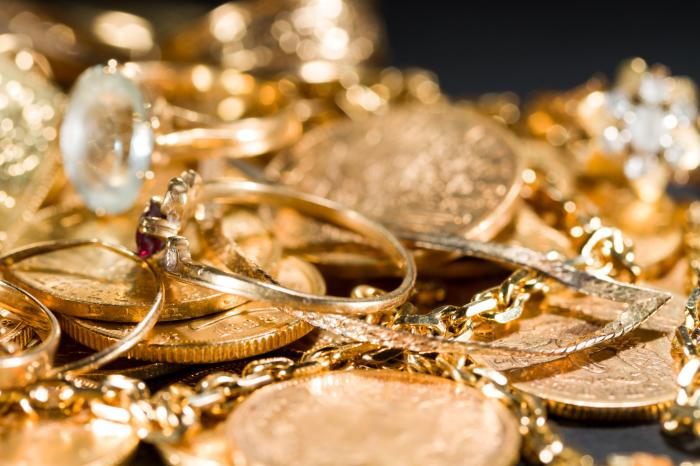Jewelry holds a special place in many cultures. It is often seen as a symbol of beauty, love, and status. When it comes to the materials used in jewelry making, gold is one of the most sought-after options. But can we use 24 carat gold for jewelry? In this article, we will explore the properties of 24 carat gold, its advantages and disadvantages, and its suitability for crafting jewelry.
Understanding 24 Carat Gold
Gold is measured in carats (or karats), which indicates the purity of the metal. Pure gold is known as 24 carat gold. This means it contains 99.9% gold and is free from other metals. While 24 carat gold is highly valued for its purity, it has unique properties that affect its use in jewelry making.
Characteristics of 24 Carat Gold
The most notable characteristic of 24 carat gold is its rich, yellow color. This color is often associated with luxury and wealth. However, pure gold is also quite soft. It can be easily scratched or bent, which makes it less durable than other gold alloys.
Advantages of Using 24 Carat Gold for Jewelry
Using 24 carat gold for jewelry has several benefits.
1. High Purity
Since 24 carat gold is nearly pure, it does not tarnish or corrode easily. This quality means that jewelry made from 24 carat gold can maintain its luster for a long time.
2. Hypoallergenic Properties
Many people have allergic reactions to metals like nickel, which are often found in lower carat gold alloys. Because 24 carat gold is nearly pure, it is hypoallergenic and suitable for those with sensitive skin.
3. Investment Value
Jewelry made from 24 carat gold often holds a higher resale value due to its purity. This makes it a good option for those looking to invest in precious metals.
Disadvantages of Using 24 Carat Gold for Jewelry
While there are benefits to using 24 carat gold, there are also several drawbacks.
1. Softness and Durability
The softness of 24 carat gold means it is more prone to scratches and dents. Jewelry that is worn daily, such as rings or bracelets, may not hold up well over time.
2. Limited Design Options
Because of its softness, 24 carat gold is often not used for intricate designs. It is more difficult to shape and mold compared to alloys that are mixed with harder metals.
3. Cost
24 carat gold is more expensive than lower carat gold. The higher cost can make it less accessible for some buyers.
Alternatives to 24 Carat Gold
For those who appreciate the qualities of gold but are concerned about the drawbacks of 24 carat gold, there are alternatives.
1. 22 Carat Gold
22 carat gold contains 91.6% gold and is mixed with other metals to improve its durability. This makes it a good compromise for those wanting both purity and strength.
2. 18 Carat Gold
18 carat gold is made up of 75% gold. It is even more durable than 22 carat gold, making it a popular choice for everyday jewelry.
3. Gold-Plated Jewelry
Gold-plated jewelry offers the appearance of gold without the high cost. However, the gold layer can wear off over time, making it less durable.
Crafting Jewelry with 24 Carat Gold
If you decide to craft jewelry with 24 carat gold, there are several important considerations.
1. Techniques and Tools
Using 24 carat gold requires specific techniques. Jewelers often use softer tools to shape the metal, and they must be cautious to avoid scratches.
2. Types of Jewelry
24 carat gold is best suited for items that are not subjected to heavy wear. This includes earrings, pendants, or decorative pieces rather than rings or bracelets.
3. Caring for 24 Carat Gold Jewelry
Proper care is essential to maintain the beauty of 24 carat gold jewelry. Store it in a soft pouch to prevent scratches, and clean it gently with a soft cloth. Avoid exposing it to harsh chemicals or abrasive materials.
See also: What Is 24K Gold
Conclusion
In conclusion, while 24 carat gold can be used to make jewelry, it comes with both advantages and disadvantages. Its high purity and hypoallergenic properties make it appealing, but its softness may limit its use in everyday pieces. For those who appreciate the beauty of gold, considering alternatives like 22 carat or 18 carat gold may provide a more durable solution. Ultimately, the choice depends on personal preferences, budget, and the intended use of the jewelry. Whether you choose 24 carat gold or an alloy, jewelry remains a cherished form of self-expression and artistry.
Related topics:

